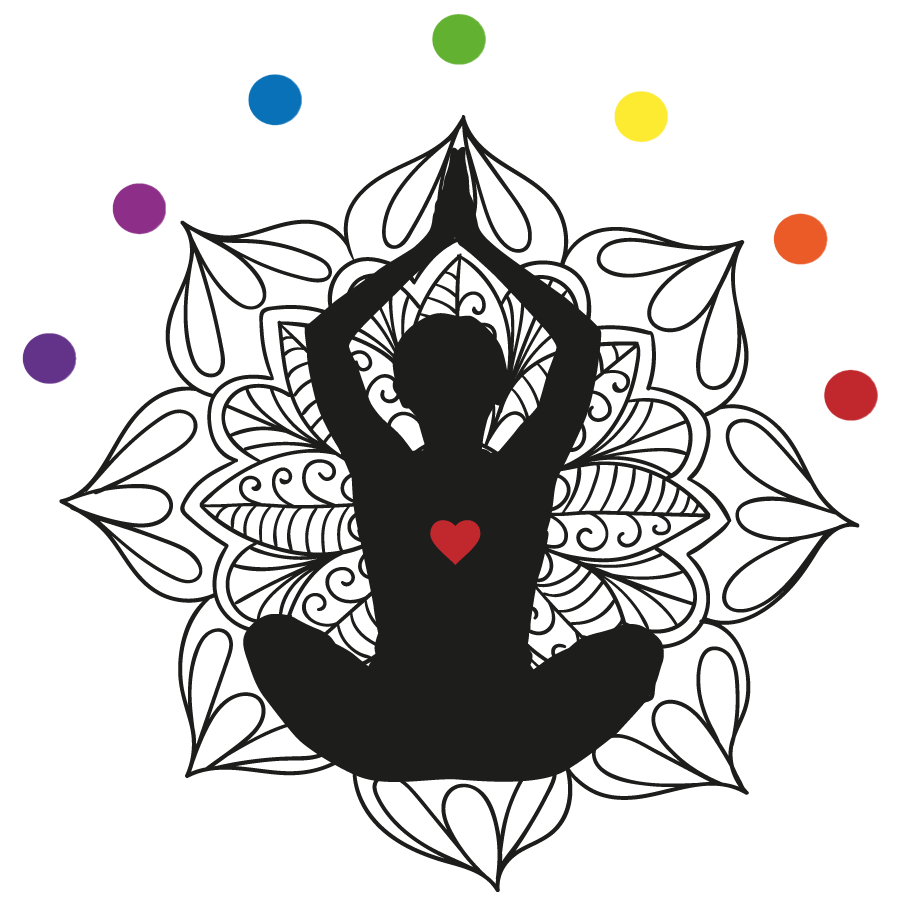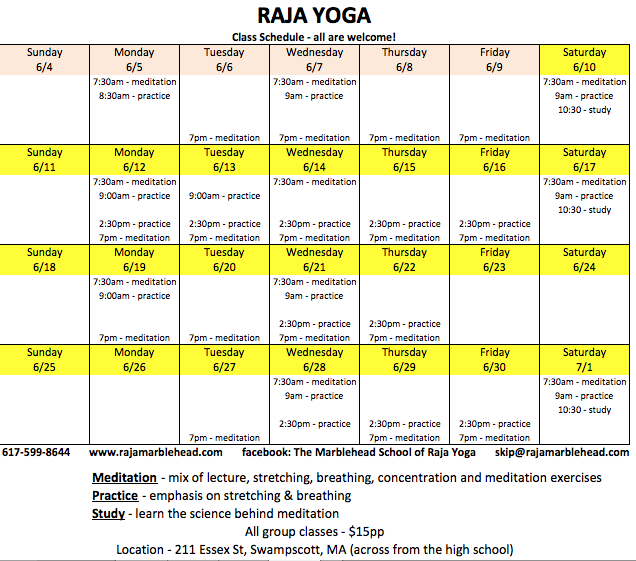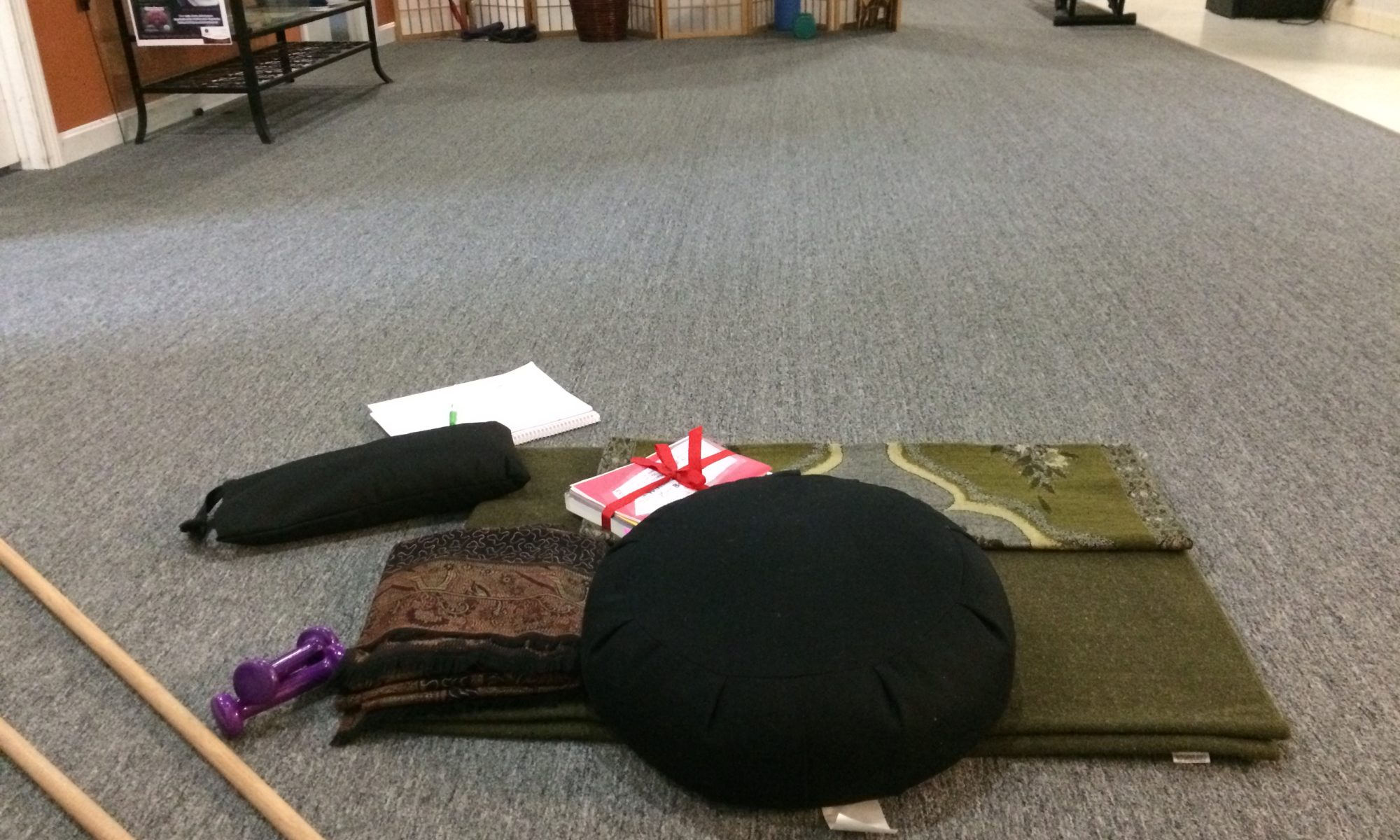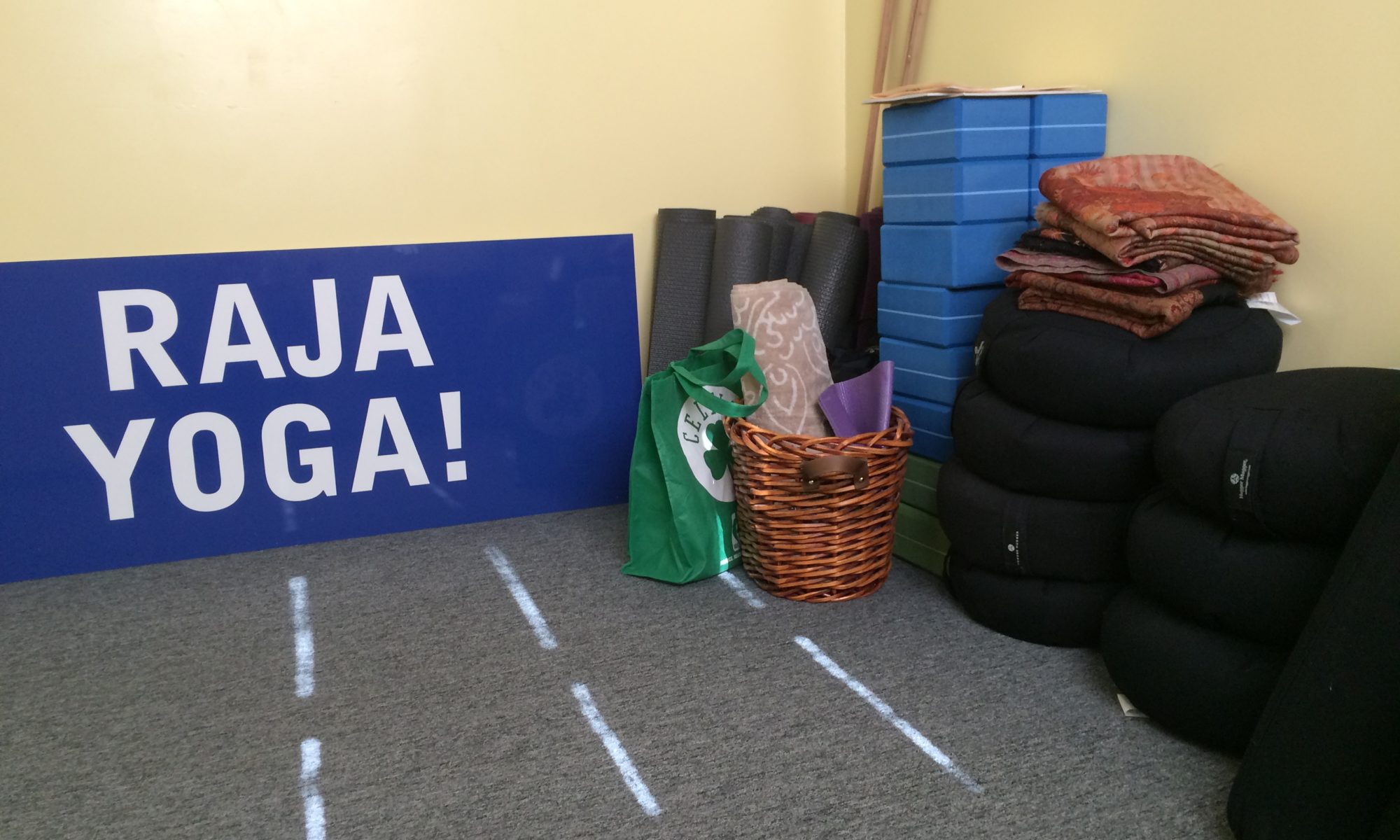Patanjali takes a two-pronged approach to living peacefully, giving equal weight to attitude (kriya) and behavior (astanga).
Chapter two (25%) of Patanjali’s Yoga Sutras is 55 lines long and entitled “Prepare” to meditate; section headings below are inserted for reference:
EMOTIONS
What is Kriya Yoga and what’s its purpose?
1. Kriya Yoga is a practice in serenity, courage, and wisdom
2. Practicing reduces the cause of self-inflicted suffering (“emotions”)
What are the causes of self-inflicted suffering?
3. Ignorance, ego, attachment, aversion and fear
4. Ignorance causes the other four, which are dormant, feeble, intermittent or sustained natural impulses
5. Ignorance is mistaking the impermanent [body/mind] for the permanent [Consciousness]
6. Ego is mistaking mind for awareness
7. Attachment stems from pleasant experiences
8. Aversion stems from unpleasant experiences
9. Fear, specifically of loss and death is natural
How are emotions subdued?
10. Effects of emotions may be subdued via concentration,
11. And may be eliminated altogether via meditation
KARMA
Why is it important to subdue emotions?
12. Emotions influence thoughts which precede actions; every action precipitates an endless cycle of cause & effect: karma
13. Karma set in motion before we were born is largely responsible for the quality, duration and circumstances of our lives
What is Karma and why is it important?
14. Karma refers to the perpetual cycle of cause and effect initiated by every action
15. Karma is the natural consequence of two energetically charged, oppositional states of matter [Yin and Yang]; this energetic, oppositional nature is the cause of our constant mental conflict
16. Only when the energetic, oppositional states of matter constituting our body and mind are in balance can peace be found
CONSCIOUSNESS vs. COGNITION
Consciousness vs. cognition is the key; avoid pain by remaining aware of the difference!
17. Avoiding future pain is a matter of remaining aware of the distinction between matter and Consciousness
18. The latter witnesses life through the former
19. The oppositional states of matter are infinite
20. Consciousness is just that; it’s perceived as, but isn’t, a mental function
21. Matter is the instrument of Consciousness…
22. ….although its not our nature to see it that way
23. The union of Consciousness with our body/mind makes us miraculous
24. Confusing Consciousness with cognition is the source of ignorance
IGNORANCE
How to eliminate ignorance
25. Eliminate ignorance by remaining aware of the distinction between thought and awareness of thought
26. Constant, discriminative awareness of our dual nature is how to do so
27. This ultimate self-recognition is liberating in every sense
What is Astanga Yoga?
28. The eight limbed practice leads to discriminative awareness
29. Abstentions, observations, outer bodily control, inner bodily control, conscious mind control, and three successively subtle stages of subconscious meditation
Abstentions & Observances
30. Abstentions: harming, lying, stealing, lust and greed
31. There are no exceptions to this most important limb
32. Observances: cleanliness, serenity, courage, wisdom and faith
33. Foster positive thoughts
34. Reflect on the source and strength of emotions behind your thoughts
Abstentions:
35. Hostilities cease in the presence of one who abstains from harm
36. To abstain from lying, focus on your thoughts since words are preceded by thoughts
37. One who abstains from stealing becomes rich in more meaningful ways
38. Restraining lust produces vigor
39. One who abstains from greed attains ultimate knowledge
Observances:
40. Take care of your self; recognize your frailties
41. Cleanliness and self-care foster self-awareness and self control, engendering peace of mind
42. Serenity is the source of bliss
43. Courage brings out the best in us
44. Wisdom deepens one’s faith
45. Faith, surrendering to something greater than yourself, makes bliss possible
Outer bodily control [posture]
46. Posture should be steady and comfortable
47. Overcome restlessness in your posture by concentrating on the infinite
48. That’s how to attain balance; tranquility conquers the outer body
Inner bodily control [breath/energy control]
49. Now you’re ready to control your inhalations and exhalations
50. Learn to control the duration, separation, and rate of your breath
51. There’s a fourth, non-physical aspect to breathing [i.e., in addition to inhalation, retention, and exhalation] which occurs during concentration
52. As a consequence of this fourth state of breath, the veil of ignorance is lifted
Conscious mind control [concentration]
53. Now you’re ready to concentrate [i.e., to control your conscious mind]
54. Concentration is focusing to the point that you’re not aware of your sensory (sub-conscious) perception
55. Practice concentrating until you have complete mastery of your sensory mind













